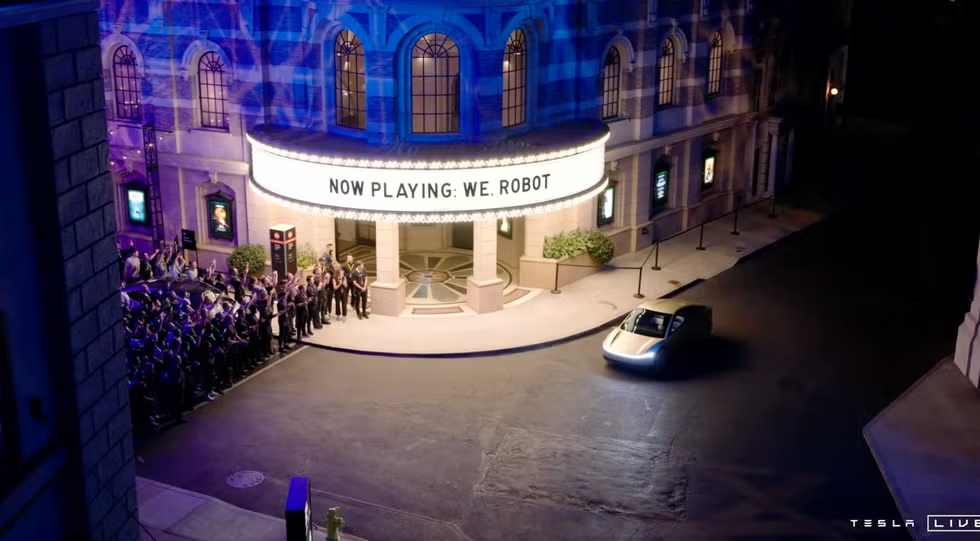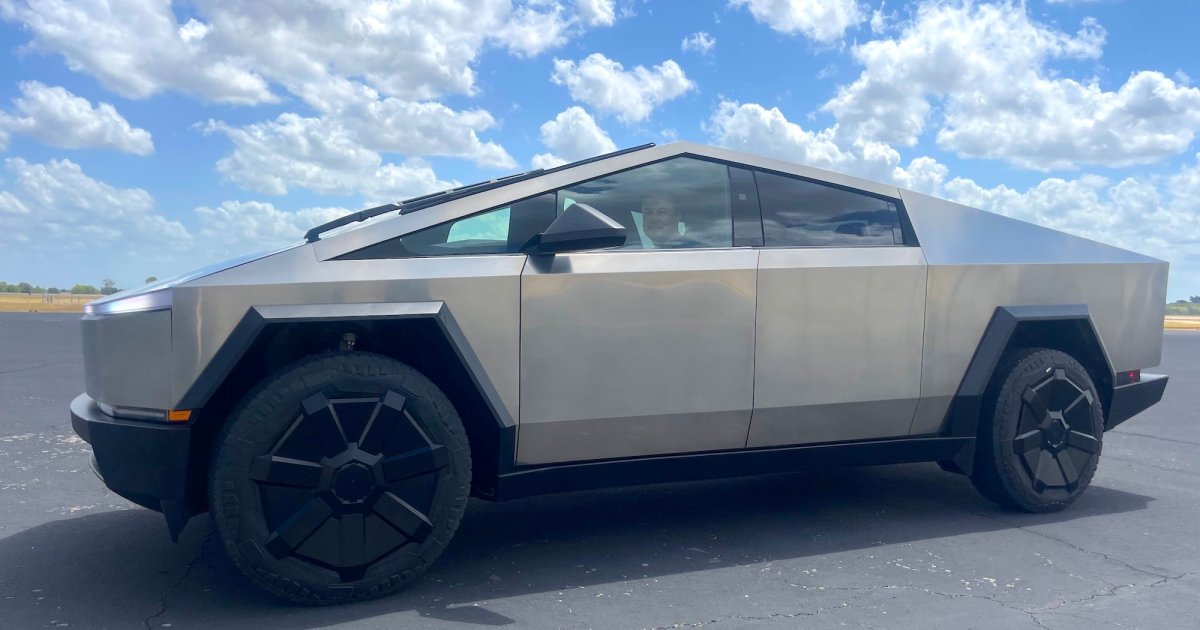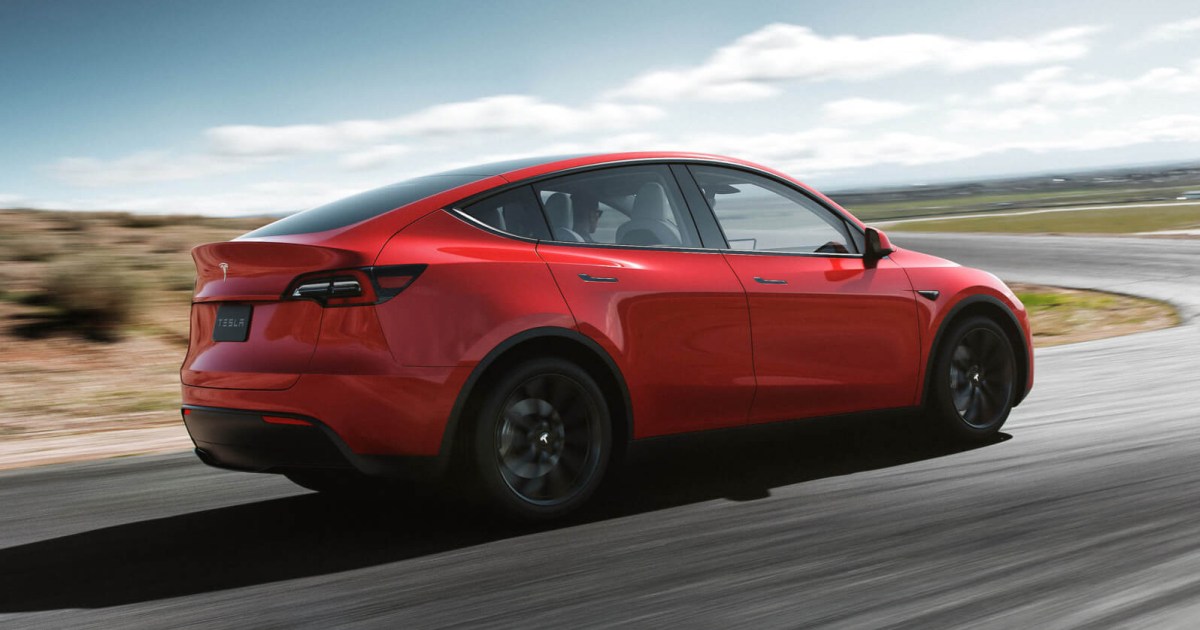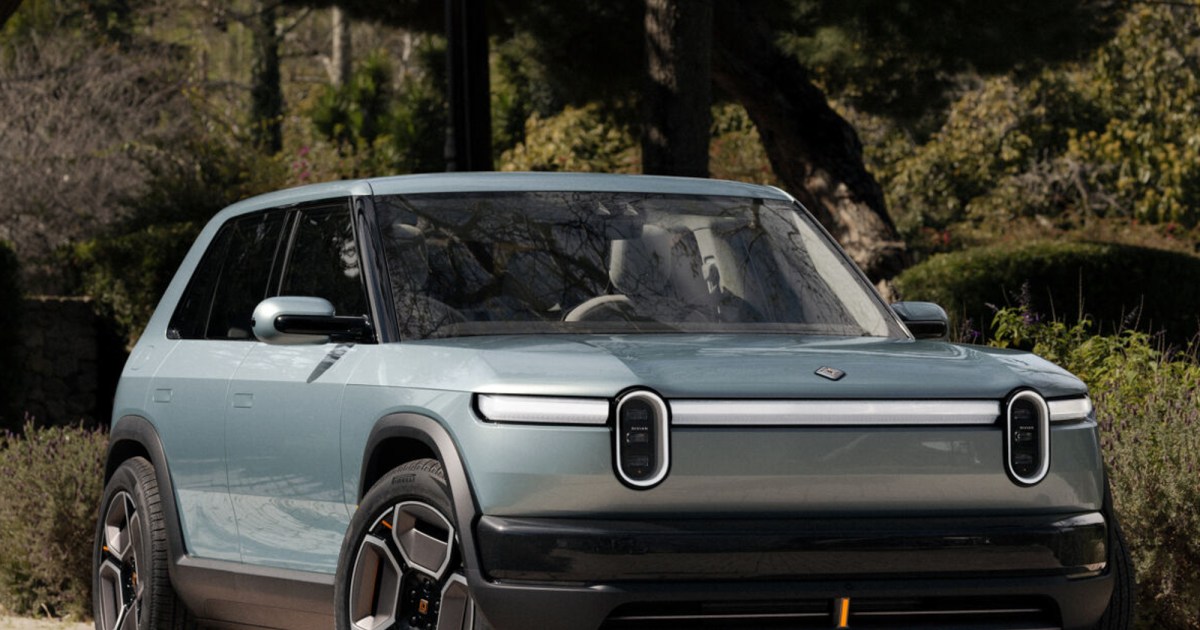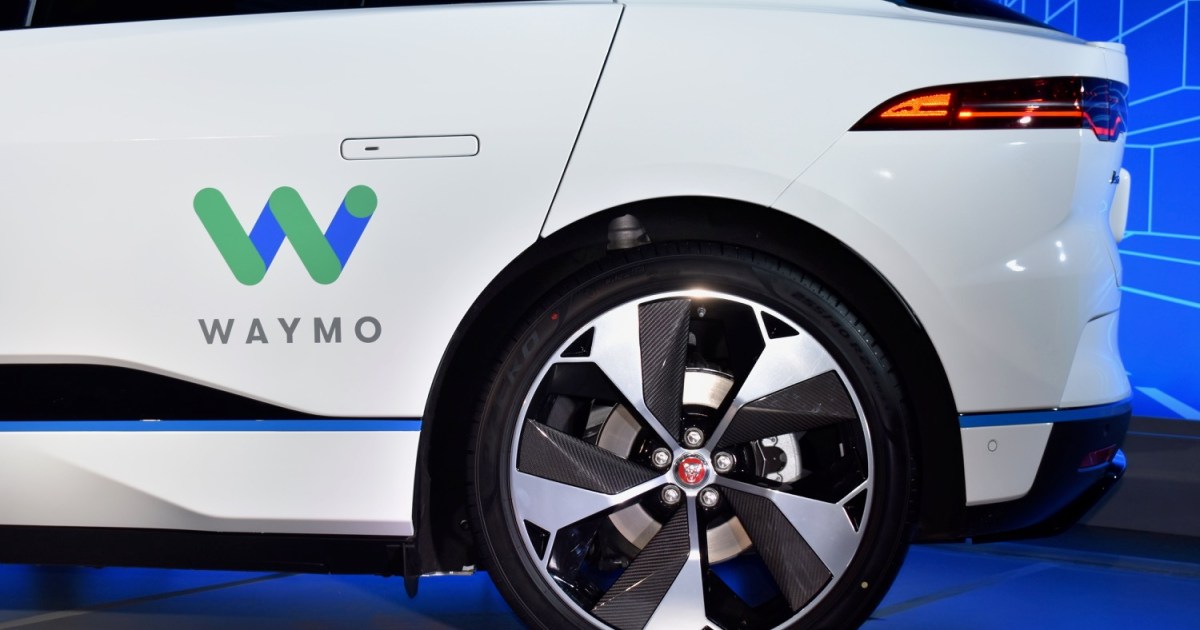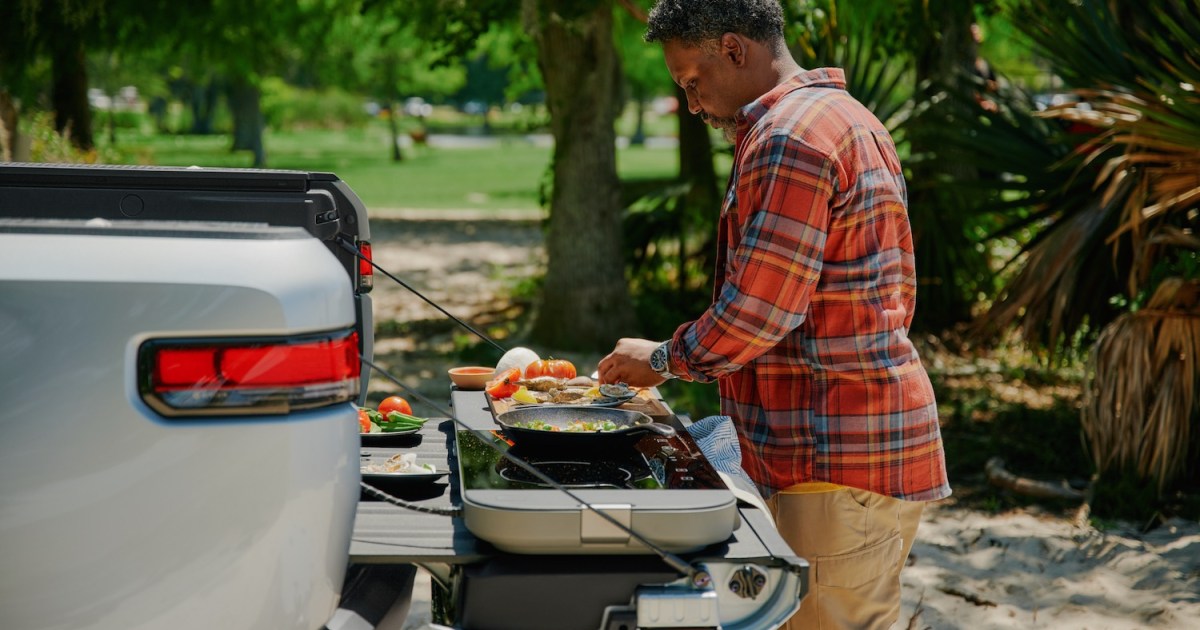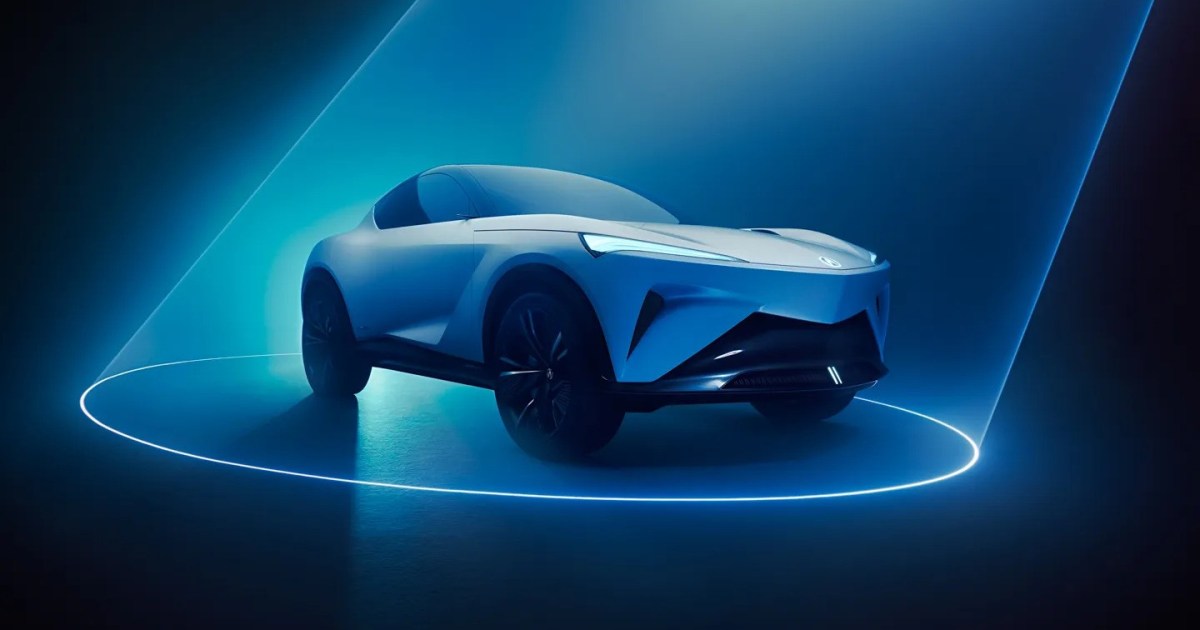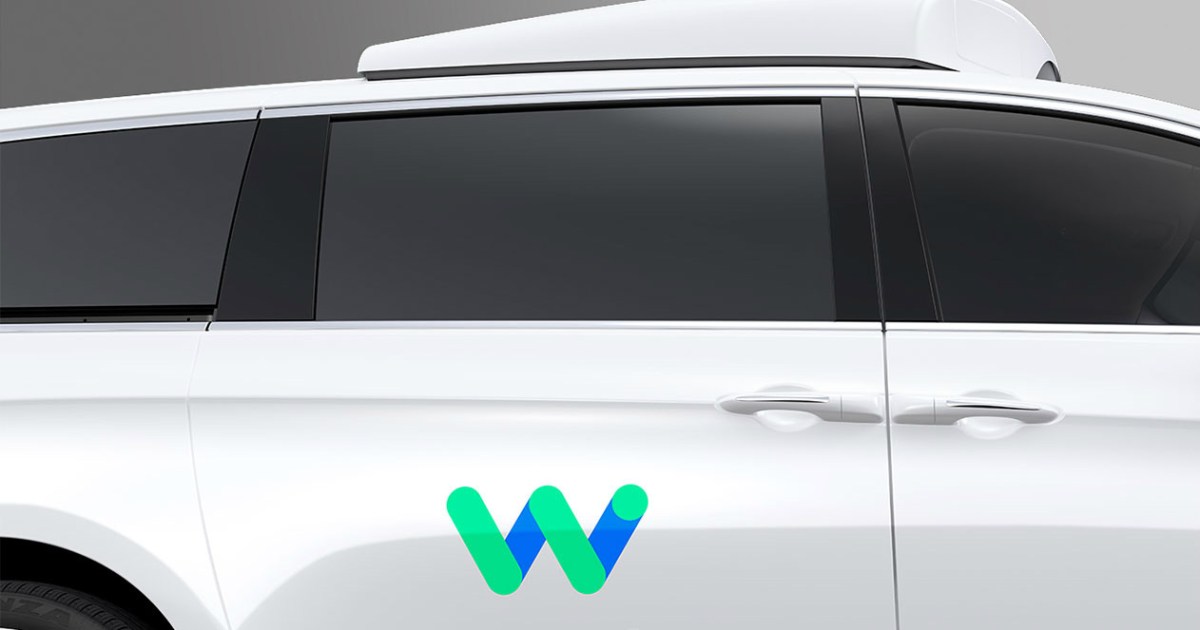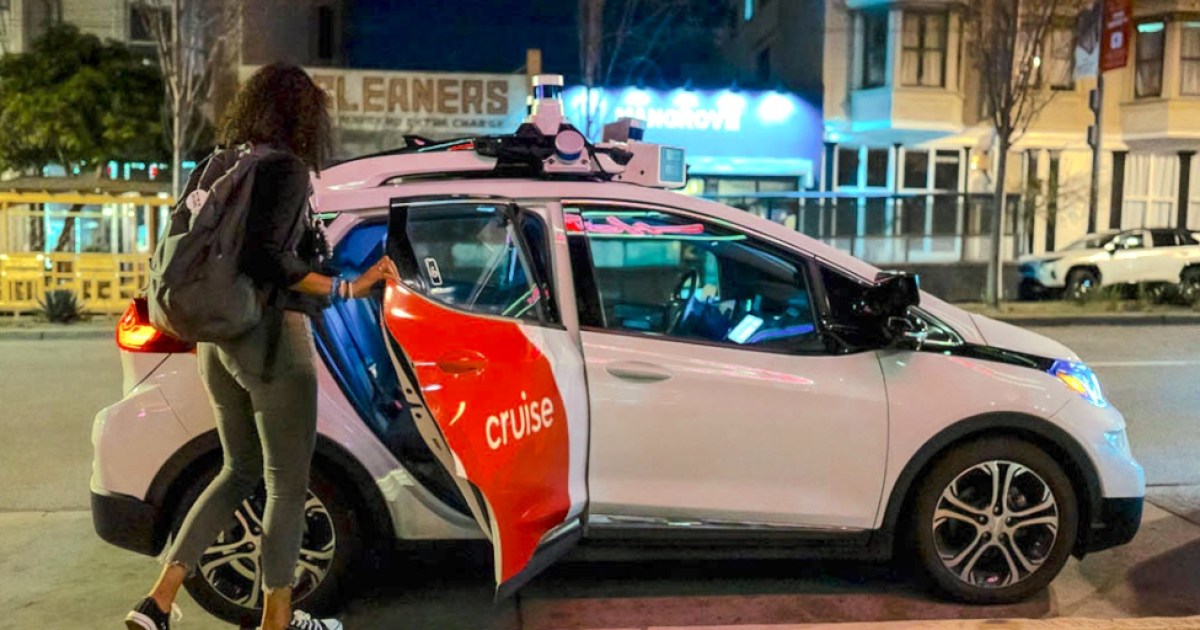Tesla CEO Elon Musk has been a vocal proponent of autonomous driving, proclaiming the future to be autonomous after unveiling Tesla’s self-driving robotaxi, the Cybercab, in October. It appears Musk’s vision is aligning with the incoming Trump administration’s priorities.
The Trump transition team is reportedly prioritizing the establishment of a federal framework for self-driving vehicles within the Department of Transportation. This move is seen as a potential catalyst for the autonomous vehicle industry and a significant boost for Tesla’s autonomous and AI ambitions.
Wedbush analyst Dan Ives believes this initiative could significantly ease U.S. regulations for self-driving cars, creating a favorable environment for Tesla in 2025 and beyond. The proposed federal rules are expected to streamline regulations surrounding autonomous vehicles and potentially increase the current cap on the number of self-driving vehicles permitted on public roads.
Current regulations limit each manufacturer to deploying a maximum of 2,500 self-driving vehicles annually in the U.S. Previous attempts to raise this limit to 100,000 vehicles have been unsuccessful. Regulators, including the National Highway Traffic Safety Administration (NHTSA), have maintained a cautious approach to autonomous vehicle deployment, particularly following incidents involving autonomous vehicles.
General Motors-backed Cruise suspended operations after a fatal collision, and Alphabet-owned Waymo faced an NHTSA investigation following several incidents. Waymo currently operates the only active robotaxi service in the U.S., with approximately 700 self-driving vehicles in Phoenix, Los Angeles, and San Francisco.
Tesla has reportedly discussed a potential robotaxi service partnership with Uber. However, Tesla’s Full Self-Driving (FSD) software, currently used in standard Tesla models, has faced regulatory scrutiny. The NHTSA recently launched an investigation into 2.4 million Tesla vehicles equipped with FSD after reports of collisions, including a fatal crash. The NHTSA also directed Tesla to cease making misleading claims about FSD’s autonomous capabilities, emphasizing that the software functions as a driver-assist system.
The move towards a federal framework for self-driving vehicles signifies a potential turning point for the industry. While the details and implications of the proposed framework remain to be seen, the prioritization of this issue by the Trump administration could accelerate the development and deployment of autonomous vehicles in the United States. The industry, however, must address safety concerns and regulatory challenges to ensure the responsible integration of self-driving technology.
The development of clear federal guidelines could provide much-needed clarity and direction for manufacturers and operators, potentially paving the way for wider adoption of autonomous vehicles while addressing safety and regulatory concerns. The impact of these potential changes on the autonomous vehicle landscape will be a key area to watch in the coming years.



